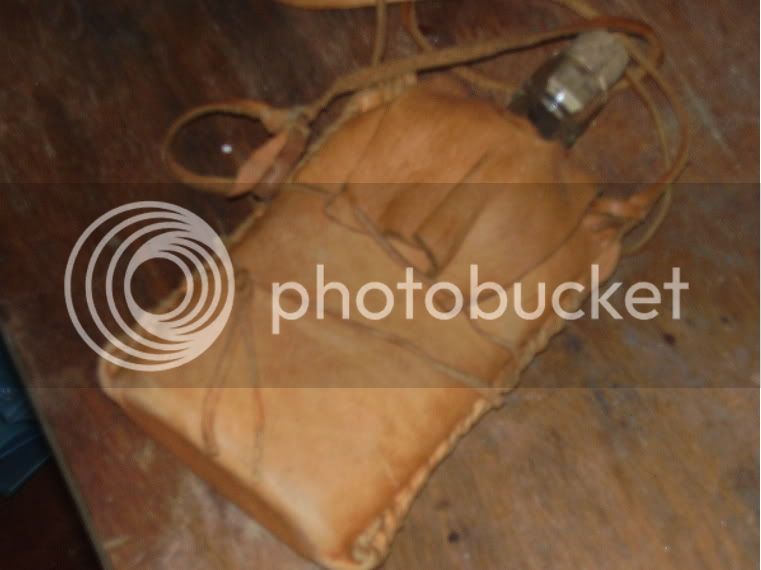I didn't want to high-jack the gourd thread but one of the guys mentioned using a glass water bottle canteen, so now I'm curious about the pros and cons of various P/C H/C water containers that a person would carry while trekking or hunting.
Personally I don't have anything of the sort, so that's why I'm wondering about options.
Does a wooden canteen need to be soaked and swelled like my old wooden keg did?
Does a leather canteen leave an aftertaste?
I'm looking for something that would have been perhaps used and available to the trappers in,
say mid 1830s in the Rky. Mtns. of course since those guys were in and around water most of the time it probably wasn't a concern for them.
Being ever frugal I guess I'm also looking for something that I could possibly make myself, without having to wait two years for a gourd to grow and dry out :haha:
Thanks
Personally I don't have anything of the sort, so that's why I'm wondering about options.
Does a wooden canteen need to be soaked and swelled like my old wooden keg did?
Does a leather canteen leave an aftertaste?
I'm looking for something that would have been perhaps used and available to the trappers in,
say mid 1830s in the Rky. Mtns. of course since those guys were in and around water most of the time it probably wasn't a concern for them.
Being ever frugal I guess I'm also looking for something that I could possibly make myself, without having to wait two years for a gourd to grow and dry out :haha:
Thanks





